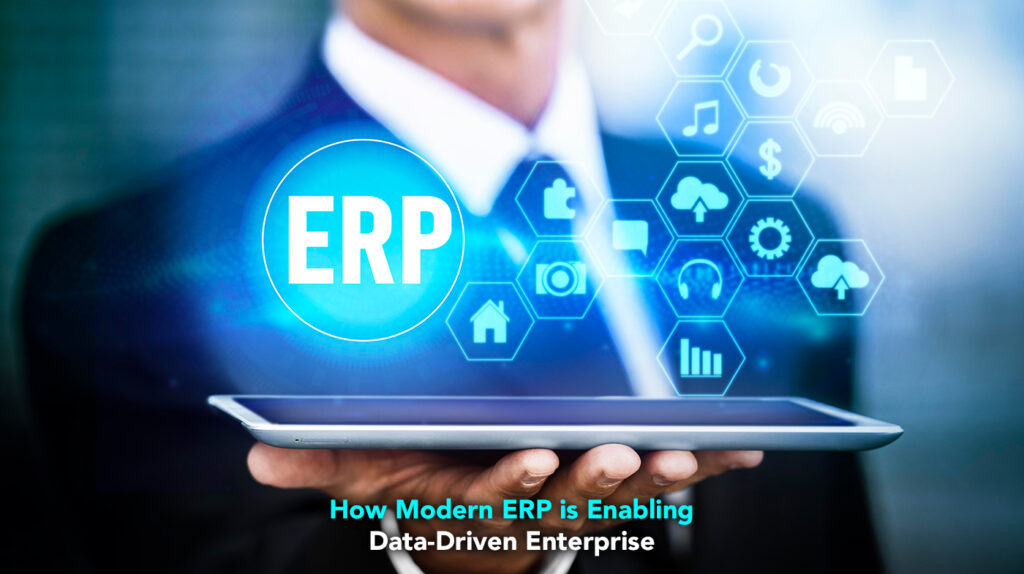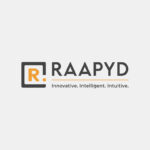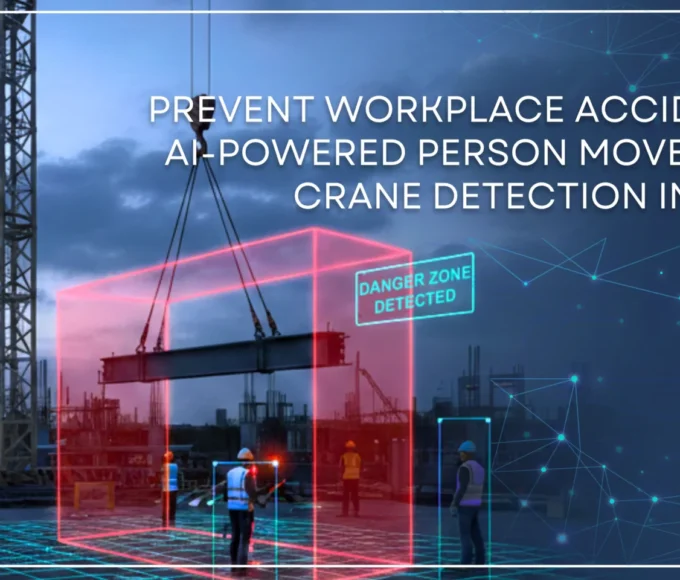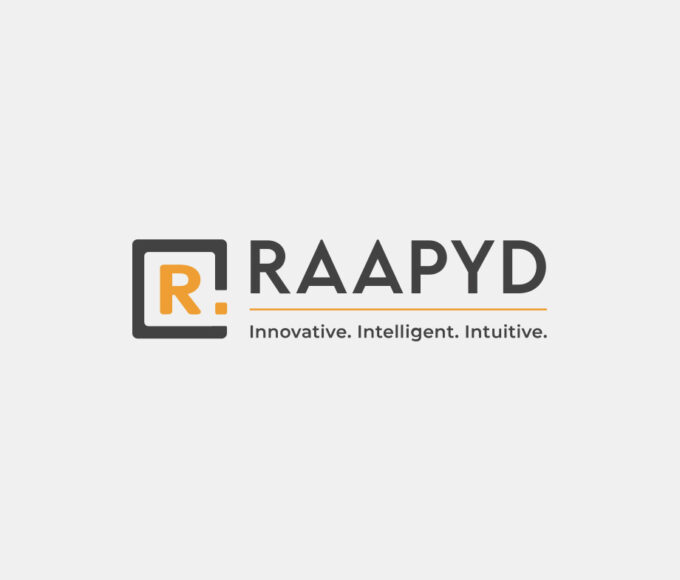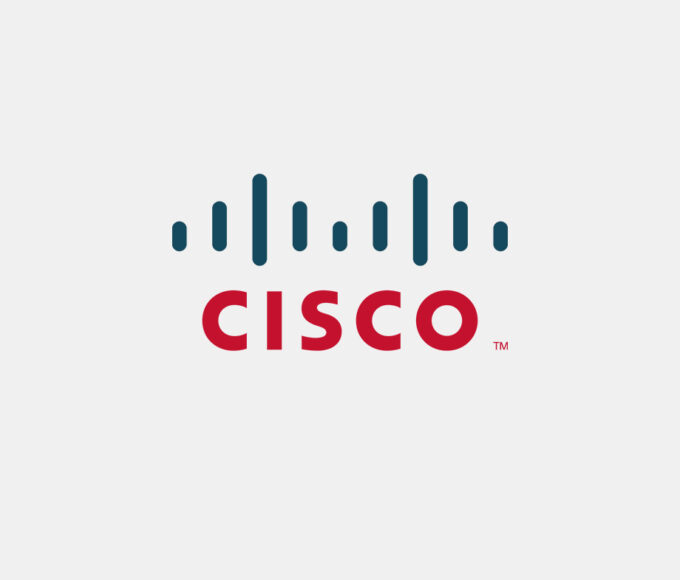Vendor Management in Modern ERP Systems
Vendor management is a critical function that impacts procurement, supply chain efficiency, and cost control. Modern ERP systems enhance vendor management through:
- Centralized Vendor Data
A unified ERP system consolidates vendor information—such as contracts, performance metrics, and compliance records—into a single database. This eliminates data silos and ensures consistency across procurement, finance, and operations teams.
- Automated Procurement Processes
AI-driven ERP solutions automate purchase order generation, invoice matching, and payment processing. This reduces manual errors and accelerates procurement cycles.
- Supplier Performance Analytics
Modern ERPs track key vendor performance indicators (KPIs), such as:
– On-time delivery rates
– Quality compliance
– Pricing competitiveness
– Contract adherence
By analyzing these metrics, businesses can identify high-performing suppliers and mitigate risks associated with underperforming vendors.
- Dynamic Vendor Risk Assessment
ERP systems integrate third-party risk intelligence tools to evaluate vendor financial stability, cybersecurity posture, and regulatory compliance. Automated alerts flag potential risks, allowing procurement teams to take preemptive action.
- Spend Analysis & Cost Optimization
Advanced ERP analytics provide granular insights into spending patterns, helping enterprises negotiate better contracts and eliminate maverick spending.
Compliance Management in Modern ERP Systems
Regulatory compliance is a growing challenge for enterprises, particularly in industries like finance, healthcare, and manufacturing. Modern ERP systems streamline compliance management through:
- Automated Regulatory Tracking
ERP platforms are updated with the latest regulatory requirements (e.g., GDPR, SOX, ISO standards) and automatically enforce compliance workflows. This reduces the risk of non-compliance penalties.
- Audit Trail & Documentation
Every transaction in an ERP system is logged with a digital audit trail, ensuring transparency and accountability. This is critical for internal audits and regulatory inspections.
- Real-Time Compliance Monitoring
AI-powered ERPs continuously monitor operations for compliance deviations. For example:
– Financial Compliance – Detects fraudulent transactions or accounting discrepancies.
– Environmental Regulations – Tracks carbon emissions and waste management.
– Labor Laws – Ensures adherence to wage and working hour regulations.
- Automated Reporting
Generating compliance reports manually is time-consuming and error-prone. Modern ERPs automate report generation for:
– Tax filings
– Safety inspections
– Industry-specific certifications
- Risk Mitigation & Predictive Compliance
Using predictive analytics, ERP systems forecast potential compliance risks based on historical data and industry trends. This allows businesses to implement corrective measures proactively.
Case Studies: ERP Driving Data-Driven Success
- Global Manufacturer Enhances Vendor Management
A multinational manufacturing firm implemented a cloud-based ERP with AI-driven supplier analytics. The system identified that 15% of vendors were causing delays due to inconsistent quality. By renegotiating contracts and onboarding alternative suppliers, the company reduced procurement lead times by 22% .
- Financial Services Firm Ensures Compliance
A banking institution integrated its ERP with regulatory compliance modules to automate Anti-Money Laundering (AML) checks. The system reduced false positives in transaction monitoring by 30% , improving operational efficiency while maintaining compliance.
Future Trends: The Next Evolution of ERP
As ERP technology advances, enterprises can expect:
– Greater AI & Machine Learning Integration – For autonomous decision-making.
– Blockchain for Secure Vendor & Compliance Data – Enhancing transparency and trust.
– Hyperautomation in Procurement & Compliance – Further reducing manual processes.
The Road Ahead…
Modern ERP systems are no longer just operational tools—they are the backbone of data-driven enterprises. By enhancing vendor management through centralized data, automation, and analytics, and strengthening compliance management with real-time monitoring and predictive risk assessment, ERP solutions empower businesses to operate smarter, faster, and with greater regulatory confidence.
Organizations that embrace these next-generation ERP capabilities will gain a competitive edge, driving efficiency, reducing risks, and unlocking new growth opportunities in an increasingly data-centric world.
 dtcMay 23, 20253 Mins read2k Views
dtcMay 23, 20253 Mins read2k Views







